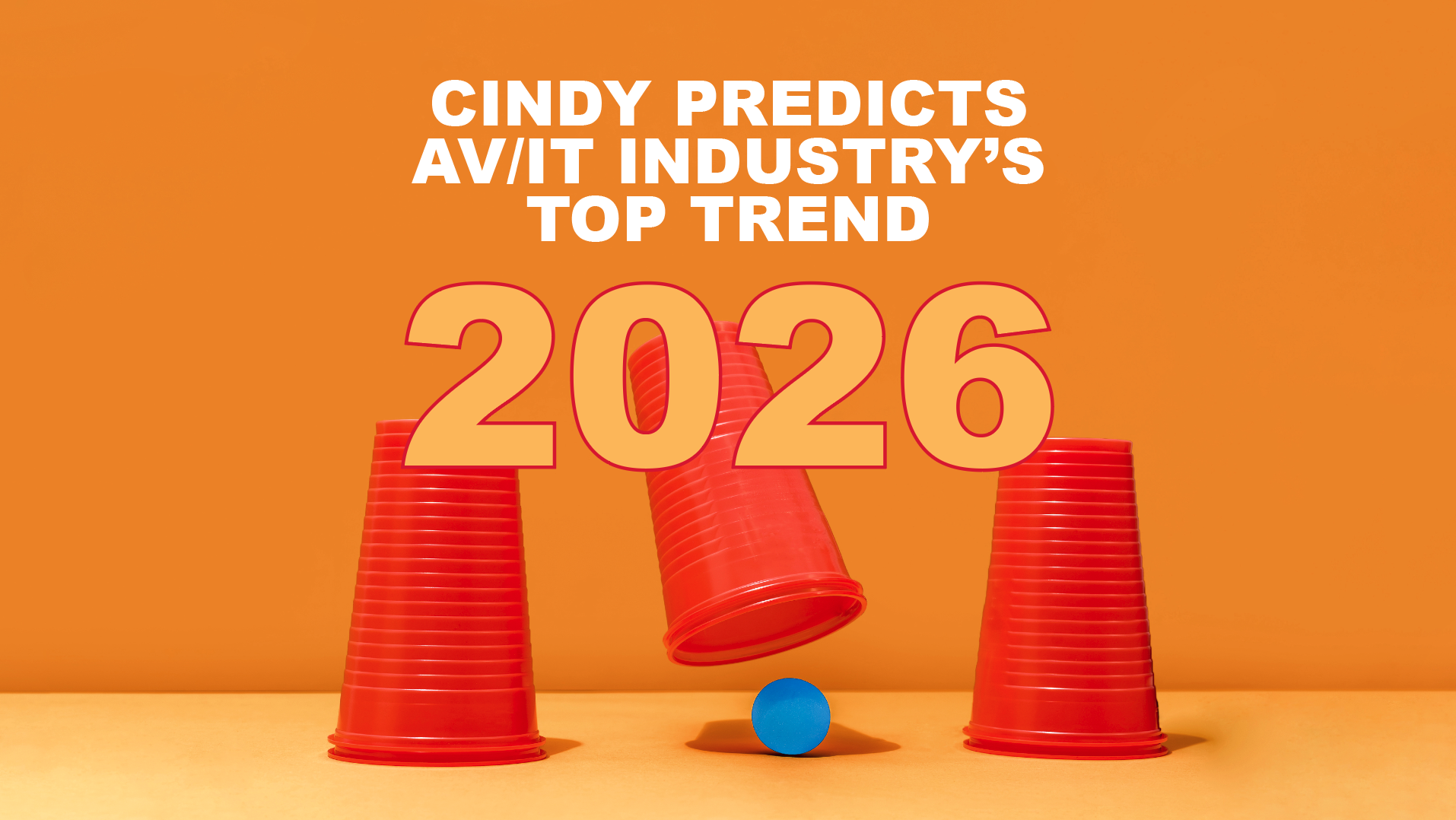On Higher Ed Tech: Samsung Electronics
Chris Mertens, Vice President of US Sales, B2B Displays at Samsung Electronics shares insight into designing the higher ed classroom for today and the future. Part of AV Technology's Thought Leader Series.

AVT Question: Please share insight and best practices for designing the higher ed classroom for today and the future.
Thought Leader: Chris Mertens, Vice President of US Sales, B2B Displays at Samsung Electronics
Designing classrooms for the future can be difficult because you never know what the future will bring. For example, before 2020, no one could have predicted the seismic shift that would happen when the COVID-19 pandemic forced schools to transition to remote learning overnight. What the last three years have demonstrated, however, is the need to remain agile and adaptable in the face of unpredictable circumstances.
It’s important to continue supporting educators with professional development resources so that they can effectively leverage classroom technologies long into the future." —Chris Mertens, Vice President of US Sales, B2B Displays at Samsung Electronics
For AV/IT managers thinking about classroom design and their long-term digital strategy, consider if the technologies being introduced and used are conducive to an adaptable classroom. This includes if the solutions support a seamless transition between in-person, fully remote, or blended learning environments. Moreover, they should offer high compatibility with the software and hardware that educators already use, as well as with classroom technologies that may be incorporated later in the future.
For example, if you are planning to implement interactive displays in classrooms across your campus, you should look for product offerings that are operating system agnostic to ensure educators and students can readily pair them with their own laptops or mobile devices to access and collaborate on course materials. Any new displays should also be highly intuitive and easy to use immediately out of the box to minimize the learning curve needed to start leveraging them in lectures and discussions. Such ease of use and integration into the classroom promotes quick adoption and long-term utilization of the technology.
It’s important to also continue supporting educators with professional development resources so that they can effectively leverage classroom technologies long into the future. Resources can include online seminars, self-paced training courses, and forums where they can connect with other professors to exchange ideas on meeting the evolving needs of higher education.
A daily selection of features, industry news, and analysis for tech managers. Sign up below.

Cindy Davis is the brand and content director of AV Technology (AVT). She was a critical member of the AVT editorial team when the title won the “Best Media Brand” laurel in the 2018 SIIA Jesse H. Neal Awards. Davis moderates several monthly AV/IT roundtables and enjoys facilitating and engaging in deeper conversations about the complex topics shaping the ever-evolving AV/IT industry. She explores the ethos of collaboration, hybrid workplaces, experiential spaces, and artificial intelligence to share with readers. Previously, she developed the TechDecisions brand of content sites for EH Publishing, named one of the “10 Great Business Media Websites” by B2B Media Business magazine. For more than 25 years, Davis has developed and delivered multiplatform content for AV/IT B2B and consumer electronics B2C publications, associations, and companies. A lifelong New Englander, Davis makes time for coastal hikes with her husband, Gary, and their Vizsla rescue, Dixie, sailing on one of Gloucester’s great schooners and sampling local IPAs. Connect with her on LinkedIn.
